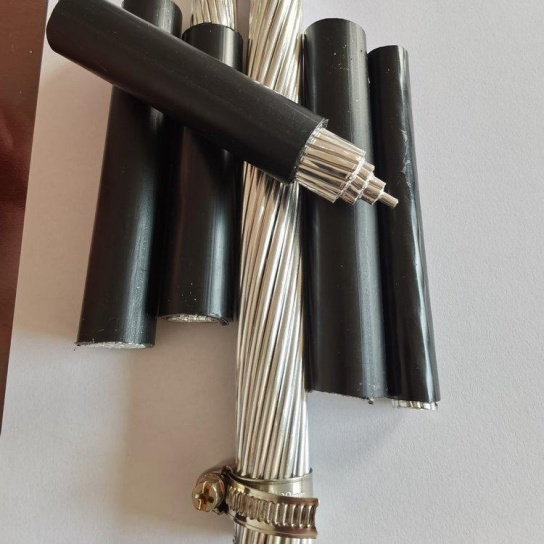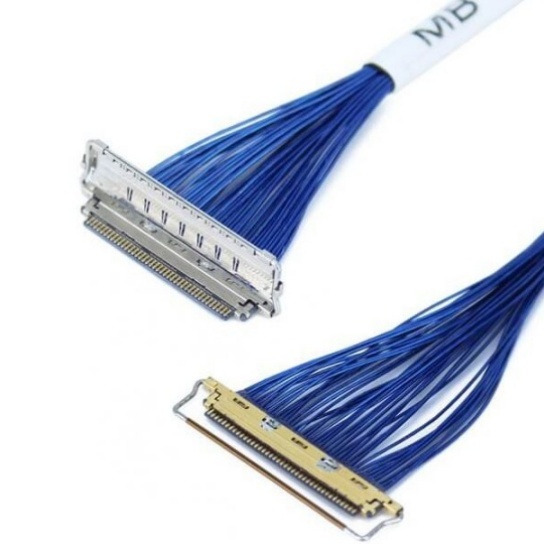Aviation Cable Connectors: Compatibility Challenges Solved
In the demanding world of aviation, where reliability is non-negotiable, aviation cable connectors play a critical role. They form the vital links between electrical systems in aircraft, satellites, ground support equipment, and avionics. Yet, ensuring these robust components connect seamlessly—especially across different manufacturers or legacy systems—presents significant compatibility challenges. This guide delves into the complexities and reveals proven solutions to overcome them, ensuring your projects stay on time, within budget, and utterly dependable.
The High Stakes of Connectivity in Aviation
Aviation environments demand connectors that withstand extreme conditions: severe vibration, wide temperature fluctuations (-55°C to +200°C), moisture, chemicals, and intense pressure cycles. Failure isn’t an option. An incompatible or unreliable connector can lead to:
- System Malfunctions: Intermittent signals or total loss of power/data between critical systems.
- Costly Delays & Rework: Discovering incompatibility during integration or maintenance causes expensive project holdups and modifications.
- Safety Risks: While aviation systems have redundancies, connector failure adds unnecessary risk vectors.
- Increased Inventory & Costs: Needing to stock connectors from multiple manufacturers to cover different specs strains budgets.
Understanding Aviation Connector Compatibility Challenges
The root causes of compatibility issues are varied:
- Proliferation of Standards & Specs:
- Military Standards (e.g., MIL-DTL-5015, MIL-DTL-38999, MIL-PRF-83723): Foundational but often interpreted differently by manufacturers, leading to subtle variances in key dimensions, finishes, or locking mechanisms.
- SAE Aerospace Standards (e.g., AS5015): Designed as “performance equivalents” to MIL specs, offering potential alternatives but requiring careful validation.
- Defunct Standards: Legacy platforms may use connectors built to outdated specifications no longer widely supported.
- Manufacturer-Specific Variants: Some suppliers create “improved” versions that may deviate slightly, intentionally or unintentionally.
- Physical Interface Mismatches:
- Shell Size & Threading: A key incompatibility. A connector with a 15-25 shell thread (e.g., many MIL-DTL-5015) will not physically mate with a 15-32 threaded counterpart (common in MIL-DTL-38999 Series I and SAE AS5015).
- Coupling Mechanisms: Bayonet (e.g., BACC, Tri-start), threaded, or push-pull (e.g., MIL-PRF-83723 D38999 Series III) types require their specific mating halves.
- Polarization & Keying: Ensures connectors only mate in the correct orientation. Differing key designs block mating.
- Contact Arrangements: Pin and socket count, size (gauge), and position layouts must match precisely between plug and receptacle. Different cavity inserts won’t align.
- Backshell Configurations: Strain relief, cable exit angles (straight, 45°, 90°), and clamp styles must suit the installation space and cable routing.
- Electrical & Environmental Performance Differences:
- Voltage & Current Rating: Mating a connector rated for low current with a high-power application risks overheating and failure.
- Environmental Sealing (IP Rating): Connectors rated for interior use won’t survive exposed wing locations. Mixing connector IP ratings compromises the seal.
- Shielding Effectiveness: Critical for avionics data integrity. Using unshielded connectors with shielded cables, or vice versa, undermines EMI/RFI protection. Connector shell continuity is vital.
- Materials & Plating: Differing base materials (e.g., aluminum vs. stainless steel) and contact platings (e.g., gold vs. silver) can cause galvanic corrosion or affect signal properties.
Overcoming Aviation Connector Compatibility Hurdles: Proven Solutions
Navigating compatibility doesn’t have to be a gamble. Here are effective strategies:
- Know Your Specifications Intimately:
- Don’t Assume: “MIL-DTL-5015” is not enough. Identify the exact specification sheet (including revision level) and the applicable Dash Number (e.g., MIL-DTL-5015/07). These define the crucial details – shell size, thread pitch, contact arrangement, materials.
- Consult OEM Documentation: Refer to the aircraft or equipment manuals for mandated connector specs for replacements.
- Understand AS-to-MIL Equivalency Nuances: If using AS5015, verify its explicit acceptance for your application against the required MIL spec.
- Utilize Cross-Reference Tools & Manufacturer Expertise:
- Reputable Supplier Tools: Leading connector manufacturers (Amphenol, TE Connectivity, Eaton/Souriau, Carlisle Interconnect) provide detailed online cross-reference guides. Input the part number you’re trying to match against.
- Leverage Technical Sales Support: Don’t rely solely on online tools. Contact supplier application engineers with your specs and mating requirements. They understand nuances in their own product lines and compatible alternatives.
- Industry Standard Intermateability Matrices: Some resources document known compatible pairings across manufacturers for specific MIL specs (proceed with verification).
- Prioritize Physical Interface Verification:
- Shell Size & Thread: This is paramount. Confirm shell size (e.g., 12, 16, 20, 24) and thread pitch (e.g., 15-25, 15-32, 37°) absolutely match mating requirements. A caliper or thread gauge may be necessary.
- Coupling Type: Verify both halves are designed for the same locking mechanism (threaded, bayonet, etc.).
- Visual & Tactile Checks: If possible, perform a “dry fit” without contacts. Check alignment, keying, and ease of coupling/uncoupling. Should be smooth and secure.
- Strategize for Mixed Environments:
- Adapters: Only consider certified aviation-grade adapters after careful engineering review. They add length, weight, potential failure points, and can impact electrical performance/weight distribution. Document their use rigorously.
- Re-pinning/Re-socketing: Skilled technicians can sometimes carefully replace contacts with the correct gauge and termination type for the new connector insert. Requires compatible inserts and meticulous work.
- Terminal Adapters: For discrete wires, pin-to-socket or socket-to-pin adapters can solve simple gender/size mismatches within the same connector body if space allows.
- Plan Ahead for Obsolescence & Long-Term Support:
- Identify Legacy & EOL Parts: Be proactive. Know when connectors in your fleet are becoming obsolete.
- Secure Lifetime Buys: For critical, irreplaceable connectors, lifetime buys managed by specialized distributors can be necessary but costly.
- Engineer Approved Replacements: Work with OEMs or suppliers to identify and qualify a modern, readily available connector that meets or exceeds performance requirements long before the legacy part runs out.
- Standardization Where Possible:
- New Designs: Select connectors from reputable manufacturers with broad adoption and long-term commitment to the relevant MIL or SAE specs. Favor designs with wide intermateability (e.g., MIL-DTL-38999 Series III).
- Fleet Consistency: Within an airline or MRO, standardizing connector families across equipment types simplifies maintenance, reduces inventory, and minimizes errors.
Expert Q&A: Navigating Connector Complexity
- Q: How critical is thread pitch difference? (e.g., 15-25 vs 15-32)
- A: Extremely critical. These threads will not physically engage. Attempting to force them causes severe damage.
- Q: Can different MIL-DTL-38999 Series connectors mate?
- A: Generally, No. Series I (small threaded), Series II (bayonet), and Series III (push-pull) have fundamentally different coupling mechanisms and are incompatible.
- Q: Are MIL-DTL-5015 and SAE AS5015 truly interchangeable?
- A: SAE AS5015 was designed as a performance equivalent to MIL-DTL-5015. However, interchangeability requires explicit verification for the application. While generally dimensionally similar (shell size/thread), confirm specific Dash Number requirements and environmental specs (e.g., plating, sealing) with the equipment manufacturer. Never assume automatic equivalence.
- Q: How do I verify shield continuity across connectors?
- A: This is crucial. Ensure connector backshells provide low-resistance paths to the shell (often via EMI gaskets or conductive finishes). Use suppliers who specialize in fully shielded designs and understand proper bonding practices. Measure continuity after installation if possible.






